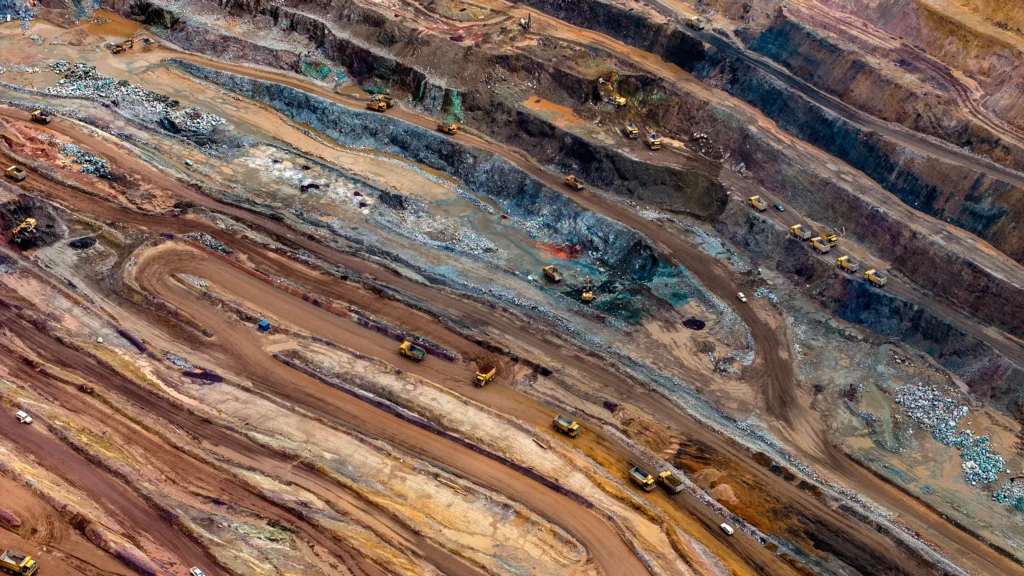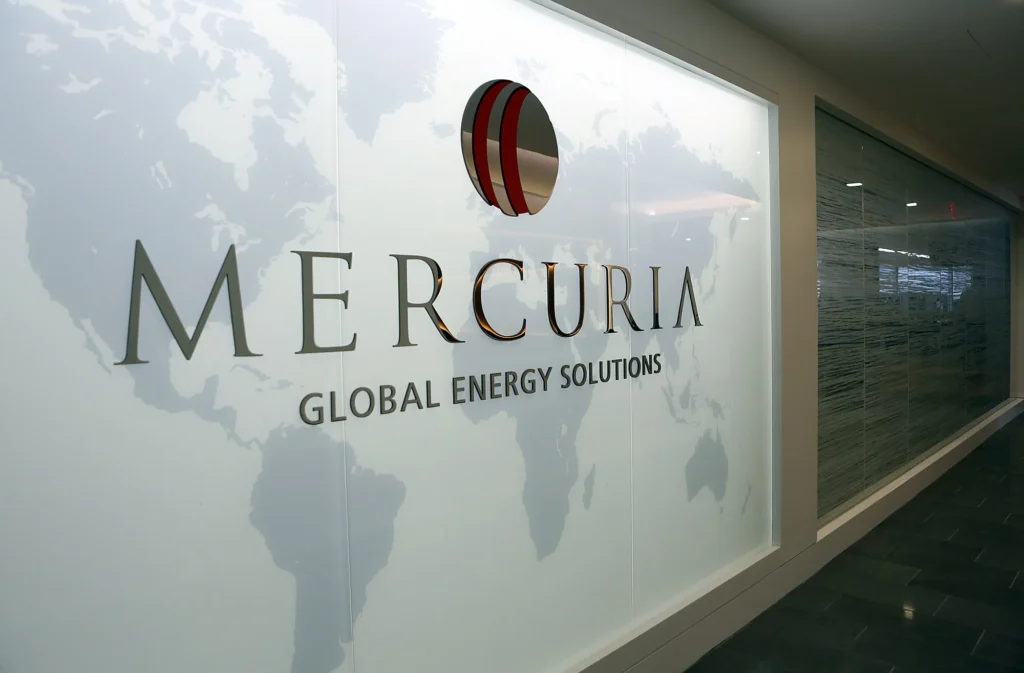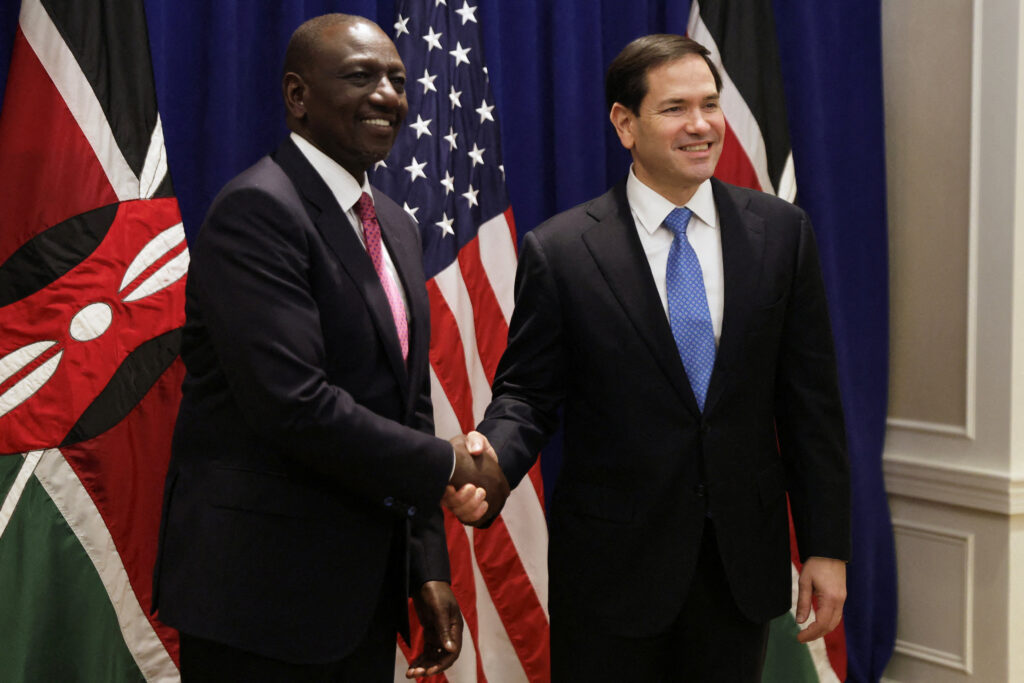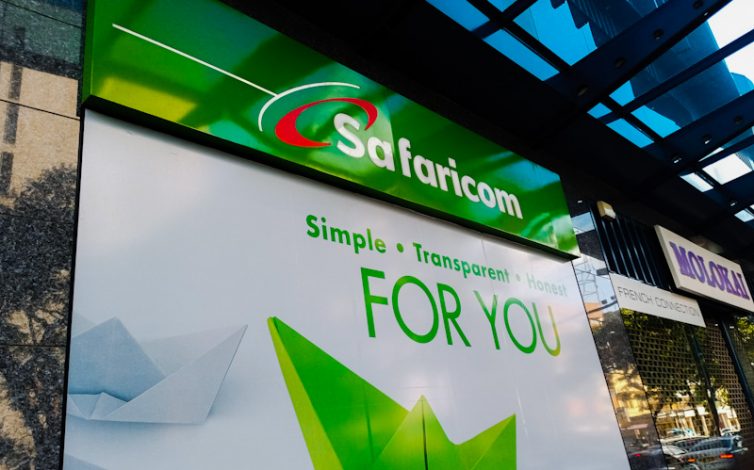
In the arid scrublands of Gilgil, Kenya, technicians oversee steel machines harnessing volcanic steam to extract carbon dioxide from the air.
Perched along the seismically active Great Rift Valley, Kenya generates nearly half its energy from geothermal sources, offering a rare advantage for carbon capture efforts.
Octavia Carbon, a Kenyan start-up, uses this abundant geothermal energy to power Direct Air Carbon Capture (DACC) technology—typically energy-intensive and costly elsewhere.
This process draws air across chemical filters that trap CO2, which is later released using heat and stored underground or bottled.
Kenya’s deep geothermal reservoirs and basalt-rich rock formations make it ideal for both carbon capture and long-term storage, says Octavia engineer Hannah Wanjau.
Each prototype unit currently traps about 10 tons of CO2 annually, equivalent to the work of 1,000 trees, and generates tradable carbon credits.
Octavia aims to scale up to a 1,000-ton-per-year facility in 2026, despite the daunting global target of removing 7–9 billion tons annually by mid-century.
“Scaling to a billion tons starts with a thousand,” said co-founder Martin Freimüller, who acknowledges current efforts are small yet vital.
Environmentalists argue carbon capture is exploited by fossil fuel companies as “greenwashing,” delaying the shift to clean energy.
Still, the UN’s climate panel stresses that carbon capture is essential to curb emissions in hard-to-decarbonise industries like steel and cement.
Octavia has partnered with U.S.-based Cella Mineral Storage and may soon make Kenya the second country, after Iceland, to inject captured CO2 underground.
Having already secured $3 million in carbon credit contracts, Octavia sees itself not as a passive climate victim—but a leader in climate innovation.
“This is Kenyan-made technology for global use,” Freimüller said. “Africa can help fix the problem too.”




